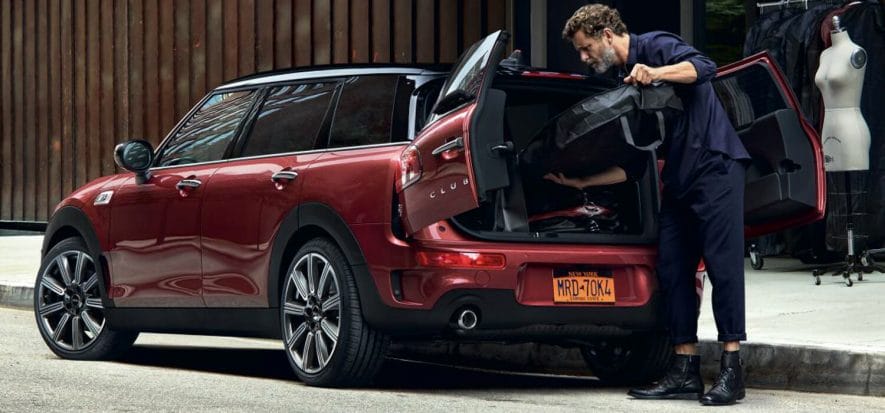Mini gets rid of leather from its cars. The announcement was made by Oliver Heilmer, Head of Design for the brand owned by BMW, to Autocar. The choice though, was made following a fallable logic. “We don’t need it anymore – he says, exerting his right to free opinions -, because we don’t think it’s sustainable”. On this second portion, on the other hand, we have something to say: what is sustainable, then, for Mini?
Mini gets rid of leather Mini gets rid of leather
According to Mr. Heilmer, “Mini cars will have modern and high-value products” even “without leather”. What’s the alternative? “Materials that are recycled and luxurious at the same time”, he answers, such as is cork. Let’s see some examples: “the textiles with which car seats are now made is 100% recycled – he continues -. The underlaying portion is 70% recycled materials. We are trying to create a timeless design. One that is only good for one season, like in fashion, isn’t our goal”.
Fallible logic
Mr. Heimler’s argument simply doesn’t flow. Mini’s manager is interested in recycled materials, so he should know that tanning is an expression of circular economy: transforming waste into a high-quality material through an upcycling process. Raw hides, if not tanned, goes into landfills. Because if bovines are raised for milk and meat, as showcased from the latest news as well, the finished-leather market lives of cycles that are separated from the livestock industry. Mini’s reasoning is fallible: if cork is recycled, then why exclude leather, which is already circular and luxurious?
Read also:










